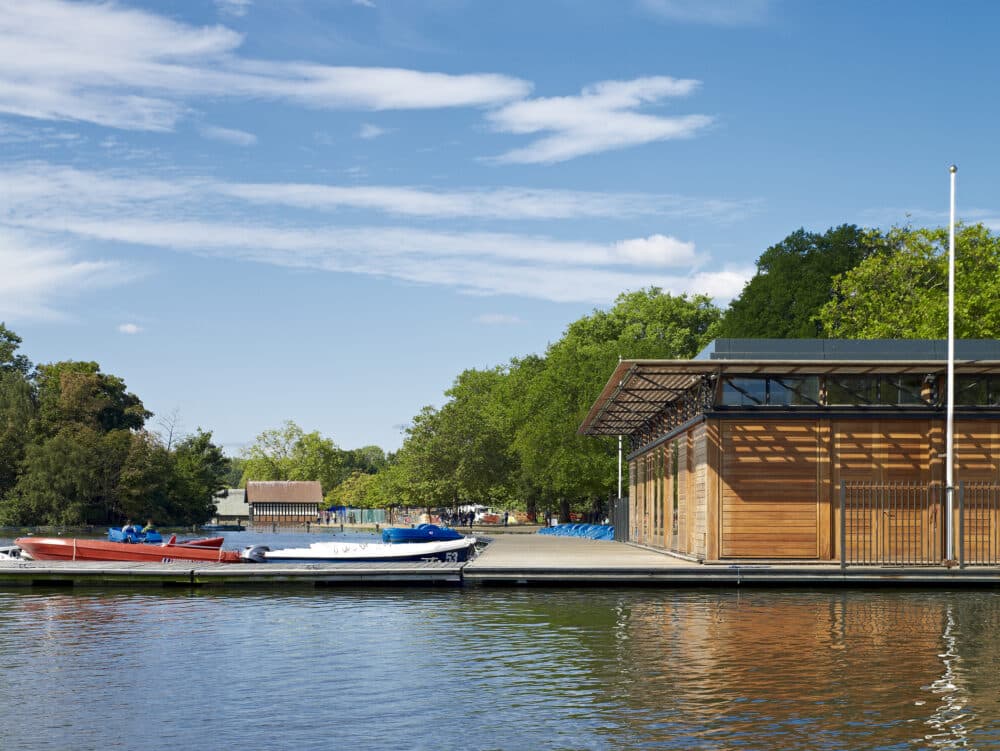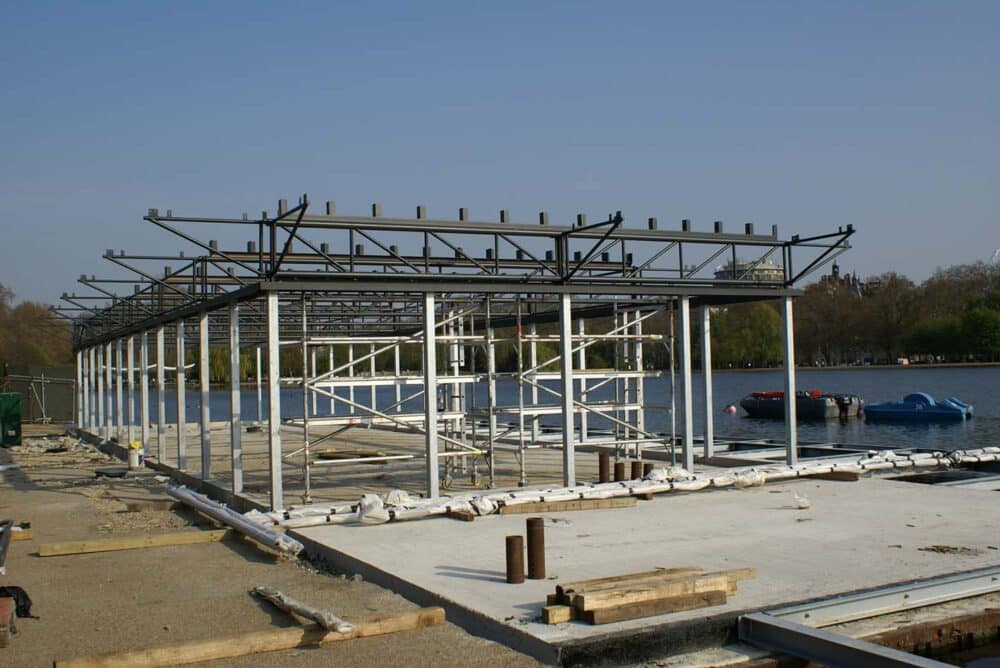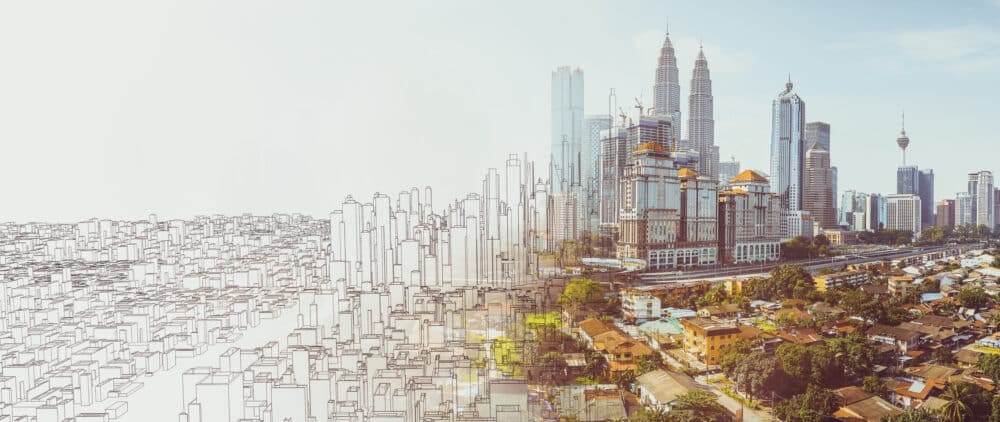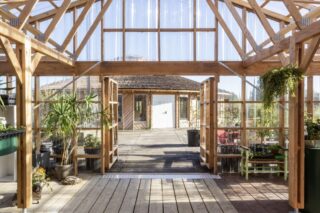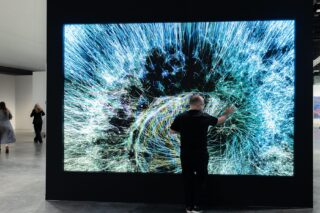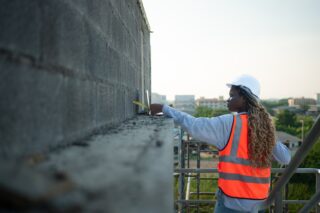We discuss construction innovations for urban development with Graham Ford, founder of Graham Ford Architects in the UK.
As cities worldwide continue to grow, architects and urban planners face increasing challenges—and opportunities—in creating spaces that meet the needs of a rapidly evolving population. The demands of urban life today are complex, balancing the pressure of population growth, sustainability, resilience, and community engagement. Cutting-edge concepts like smart cities, sustainable building practices, and resilient infrastructure are at the forefront of this transformation.
In this interview, we sit down with Graham Ford, an expert in urban design, to discuss how the latest construction innovations are shaping our cities’ future. From smart technologies that monitor traffic flow to affordable housing solutions that foster community diversity, Ford provides insights into the new and emerging trends in urban development. We explore the promising and sometimes daunting landscape of modern urban planning and learn what’s next in building the cities of tomorrow.
Finding a Balance Between Academia and Practical Applications
ArchiExpo e-Magazine: Can you tell our audience a bit about yourself?
Graham Ford: I’m an architect specializing in urban design and scenario planning. I teach urban design at a university in the UK, and my work spans large-scale projects—like a new city in the Middle East in collaboration with Foster’s—and smaller urban schemes.
At the university, I often choose economically distressed areas for projects, encouraging students to explore how architecture and urban design can drive social, environmental, and economic regeneration. In my practice, I try to integrate these academic insights into real-life projects.
The academic environment allows for unrestricted exploration, leading to innovative scenarios that might benefit clients in the long run. However, finding a balance between academia and practical application isn’t easy. In real projects, we’re constrained by budgets, but we still try to incorporate forward-thinking ideas where possible.
Smart Cities Integration & Energy Management
ArchiExpo e-Magazine: How is technology (IoT, smart traffic solutions, and intelligent waste management) influencing urban construction projects?
Graham Ford: We’re experimenting with a tool called Placemaker AI in our university studio to create future scenarios. This involves developing personas—imagining people’s jobs, interests, and needs—and then crafting urban spaces to support them. By using generative AI, we hope to create adaptable plans that reflect future possibilities, rather than static, present-focused designs.
Since we began experimenting with AI Placemaker, I think we’ve already reached a point where we can identify in which situations it’s most useful.

ArchiExpo e-Magazine: Fascinating! Switching gears, can we discuss smart city technologies and their role in urban development?
Graham Ford: Technologies like IoT and intelligent waste management are important, but they’re often just the first step in diagnosing challenges. For some economically struggling cities, it’s more crucial to identify core issues, such as poor connectivity or lack of skilled workers, before implementing smart tech solutions. Technology can be revolutionary, but it needs to address each city’s unique problems.
Once you’ve figured out the core problems, you can consider whether smart city elements can add value to help bring jobs and energy back to the central city and keep young people there. Why do people leave a place? They leave a place because there’s a lack of opportunity. And why is there a lack of opportunity? Because nobody’s investing. And why is nobody investing? Because there’s no energy infrastructure.
A smart city solution might be the right fit for certain places, but not others. Still, some of the tools can be used like smart grid technology for energy management.
ArchiExpo e-Magazine: With the emphasis on energy-efficient cities, how is smart grid technology changing your approach to energy management in construction projects?
Graham Ford: Energy is key, particularly with the rise of microgrids and renewable sources. We’re seeing more projects where energy efficiency is integrated through heat pumps, geothermal systems, and solar panels. Clients are increasingly interested in energy independence, both for sustainability and resilience against unpredictable energy supplies.
Micro grids, micro energy is going to be the future because you lose so much energy transporting it. During the transmission of energy from the source to the user, there’s a huge loss of energy in the distance. Countries need to be autonomous as much as possible regarding energy.
Still, geographic location plays a role in which countries can produce which energies. Electrical energy in the UK is possible but not to the same degree as it is in Morocco or the south of France. We’ve got to combine wind and solar.
For modern buildings, they need to produce energy. They should have PV panels, heat pumps, and use geothermal energy. They should participate in energy production in some way.
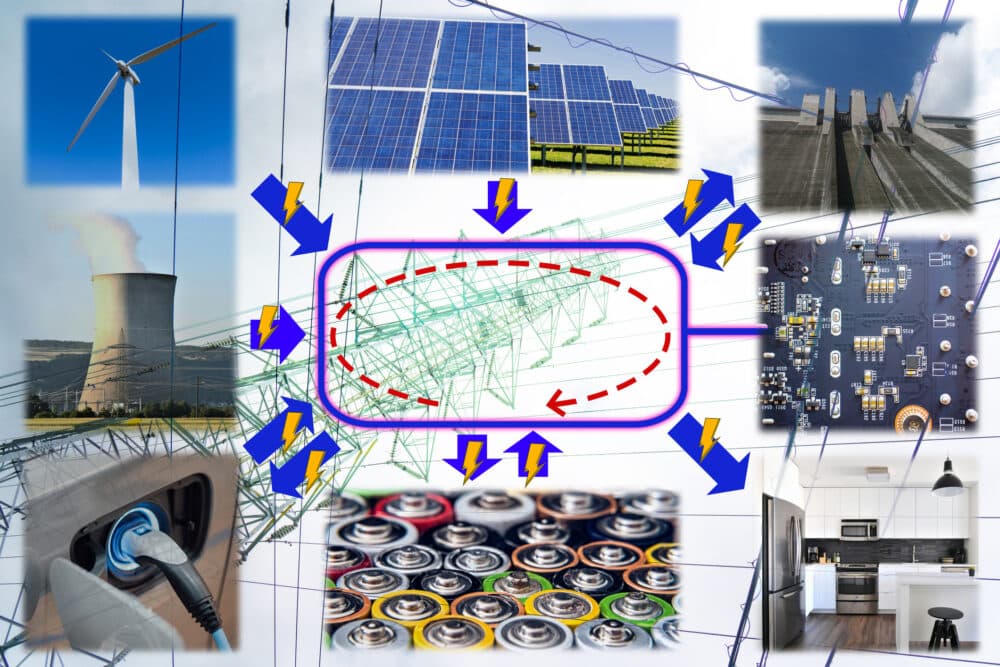
Mixed-Use Developments & Affordable Housing
ArchiExpo e-Magazine: Mixed-use buildings are increasingly popular. How do you balance the diverse needs of residential, commercial, and public spaces within a single structure?
Graham Ford: In urban areas, buildings that combine residential, commercial, and public spaces are now standard. For example, in London, you might see a building with retail on the ground floor, offices above, and apartments higher up. This model fosters vibrant communities and reduces the need for commuting.
Buildings with shops on the bottom and apartments on the upper floors have become standard, but now we’re seeing extra layers: Shops on the ground floor, apartments and or offices on the central floors, and hotels and restaurants on the top floor. These extra layers are a part of the workspace revolution, where people need a third space, what we can call the wellness or recreation space where people can socialize.
We’re currently designing a gym complex with a swimming pool and co-working spaces where people can, for example, play tennis, have a shower and swim, and then enjoy lunch.
ArchiExpo e-Magazine: Given the rising costs of urban living, what are some innovative construction techniques or materials that could make housing more affordable?
Graham Ford: Most buildings are not easy to adapt, change, or relocate, but strategies to make them adaptable are essential. We use technologies like heat pumps and PV panels, which pay back investment over time and turn buildings into energy producers rather than consumers. This approach helps balance affordability, sustainability, and durability, making long-term housing solutions more viable.
Future-Ready Urban Development
ArchiExpo e-Magazine: What will be the next major shift in construction for urban areas?
Graham Ford: Flexibility is essential. We aim to design buildings that can be easily adapted or even relocated. For example, we built a demountable structure in Hyde Park in 2008 that could be taken apart and moved if needed. This adaptability allows buildings to evolve with changing needs, which is crucial for sustainable urban growth.
At that time, however, we reached a relocation threshold of 70%; to relocate the building, you’d have to remove and dispose of the roof, dismantle the frames and panels, put them on a truck, and ship them to the new location. You’d leave the foundation. Fifteen years later, if we were going to design this now, we’d do it so the whole thing could be dismantled and relocated, including the foundation, base, and the roof of the building.
The amount of waste that occurs by trying to change buildings so they adapt to tenants and new requirements is incredible. A typical office building can get gutted and redesigned every two to three years; this can happen up to 20 times.
Today, when designing a building, we need to consider how flexible it is and the relocation threshold. We should aim at achieving a threshold of 100%.
